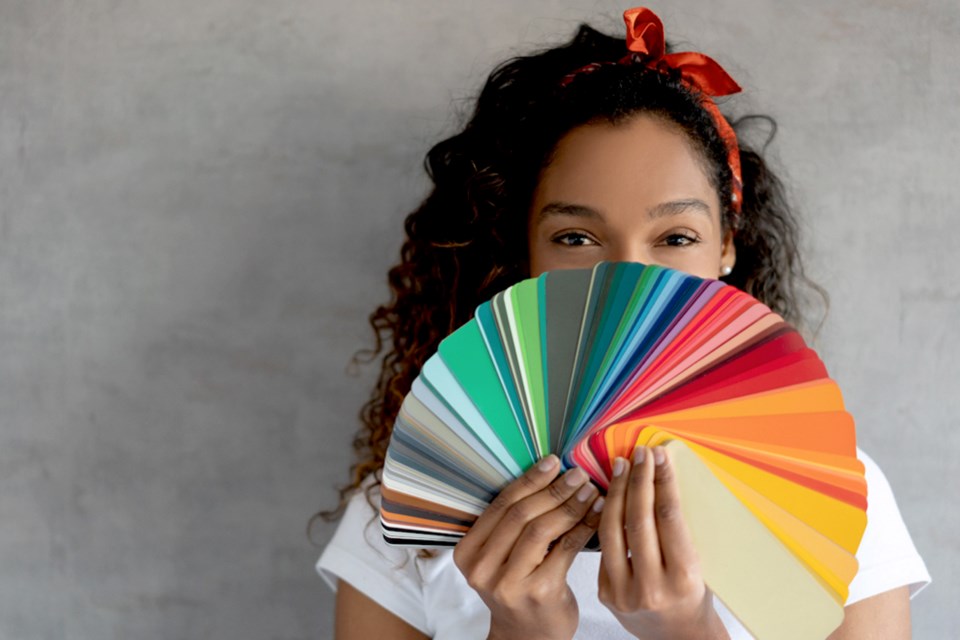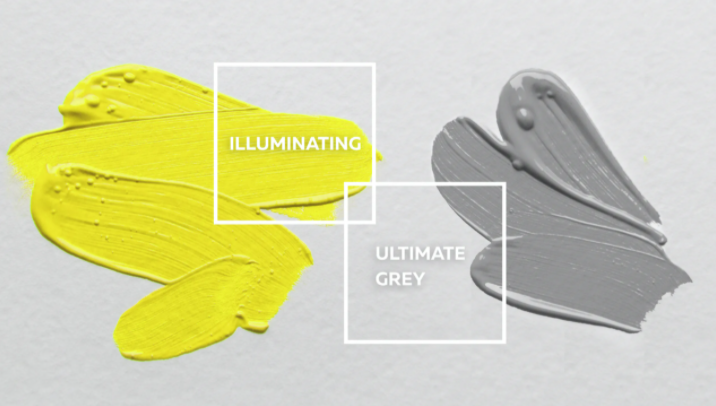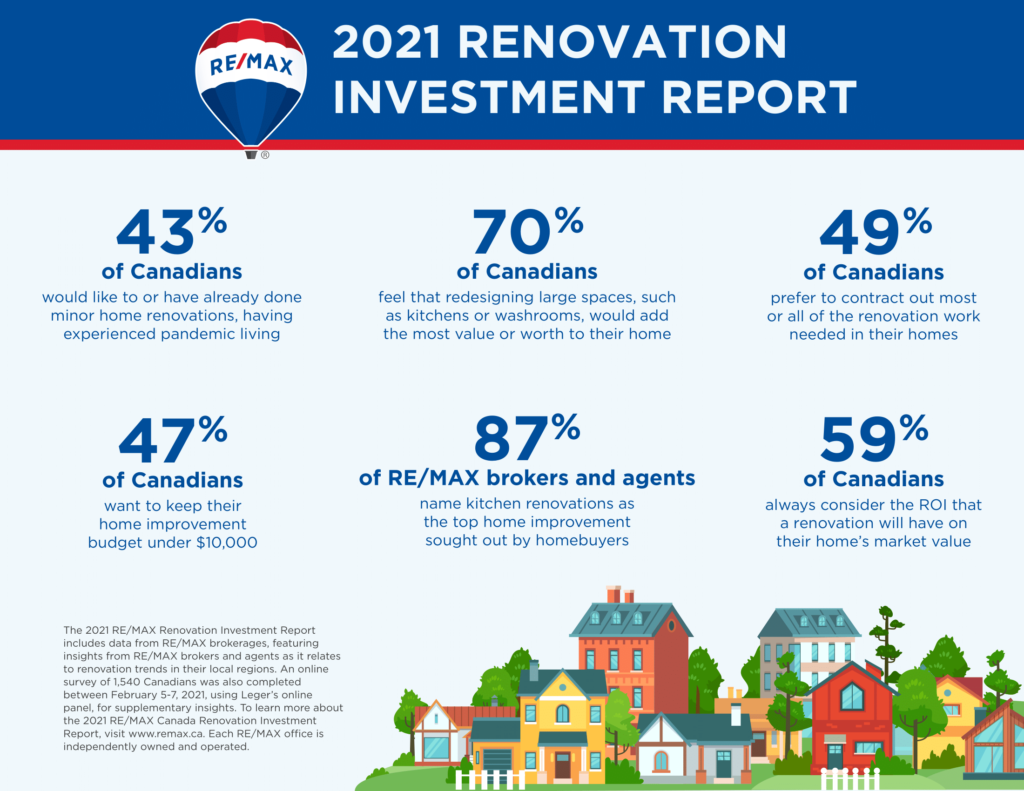Some may try to buy a home before the deadline.
As of June 1, 2021, homebuyers applying for an uninsured mortgage—those with more than a 20 per cent down payment—will need to qualify as if their mortgage rate was 5.25 per cent, or two per cent higher than their actual contract rate, whichever is higher.
In reality, Canadians can access five-year variable rate mortgages as low as 1.24 per cent at HSBC Bank Canada and 1.4 per cent at the Royal Bank of Canada, the largest mortgage insurer in the country, according to April 30 data from RateSpy.
Currently, Canada’s mortgage stress test has a minimum qualifying rate of 4.79 per cent—nearly 50 basis points lower than it will be affective June 1.
The Office of the Superintendent of Financial Institutions (OSFI) superintendent Jeremy Rudin has said that the change was necessary to ready the market for the end of the pandemic.
“The main thing we have to be ready for is an increase in mortgage rates to the pre-pandemic range,” Rudin told reporters on April 8. “We have interest rates that are extraordinarily low, even by recent standards.”
He warned lenders “OSFI will be looking for heightened vigilance in applying to income verification and debt servicing, combined mortgage-HELOC loan plans and risk governance.”
The OFSI rules apply to federally-regulated lenders.
In other words, mortgage qualifications could get much harder for those with high home equity loans, disruptive income and related debt. Due to COVID-19, many Canadians may fail to meet the tougher standards.
“Increasing the qualifying rate by another almost 50 basis points will only serve to disqualify more aspiring middle-class Canadians and would-be first-time buyers,” Paul Taylor, president and CEO of Mortgage Professionals Canada told Canadian Mortgage Trends.
It’s estimated that this change would reduce purchasing power for uninsured borrowers by between 4 per cent and 4.5 per cent. This is enough, according to real estate agents, for some buyers to close deals before the June 1 deadline.





















